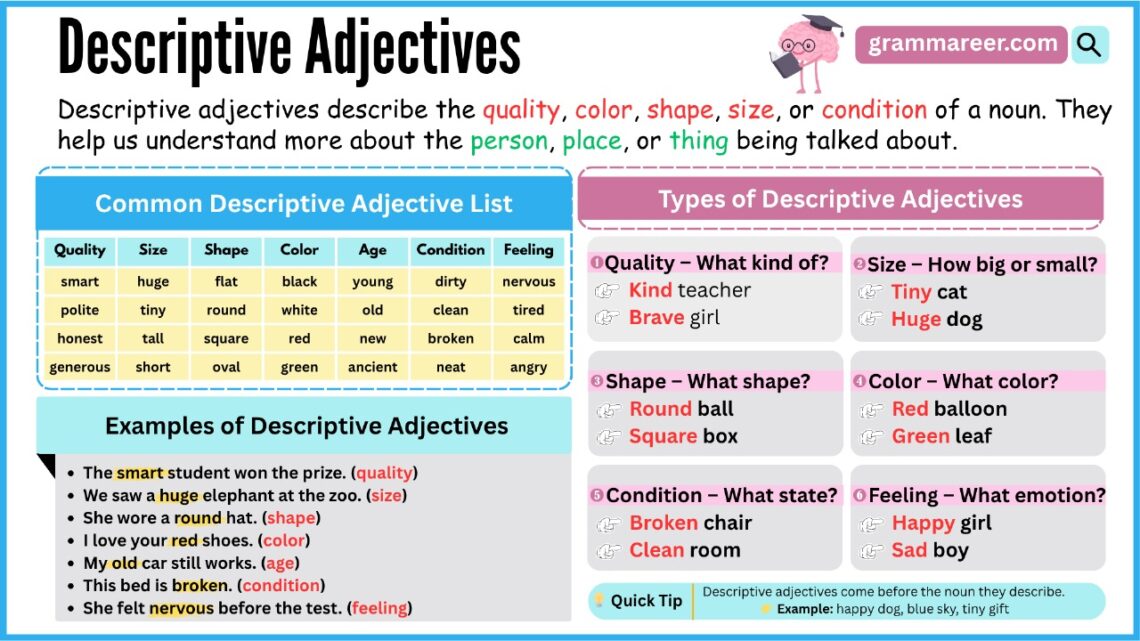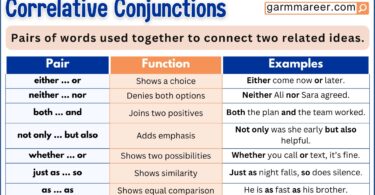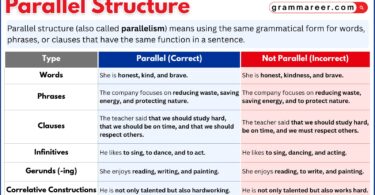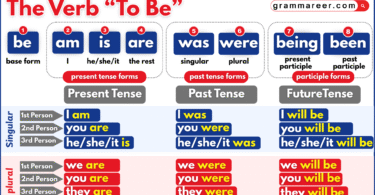Most of us learned adjectives at school, but let’s be honest — do you still remember what they are and when or why we use them?
What is a descriptive adjective, and why is it important that we, as writers, use them? There are many different types of adjectives, but descriptive adjectives form the most comprehensive group.
Don’t you worry! In this article, we’ll walk you through what descriptive adjectives are, the different types, how to use them, and provide a detailed list with clear examples to strengthen your writing.
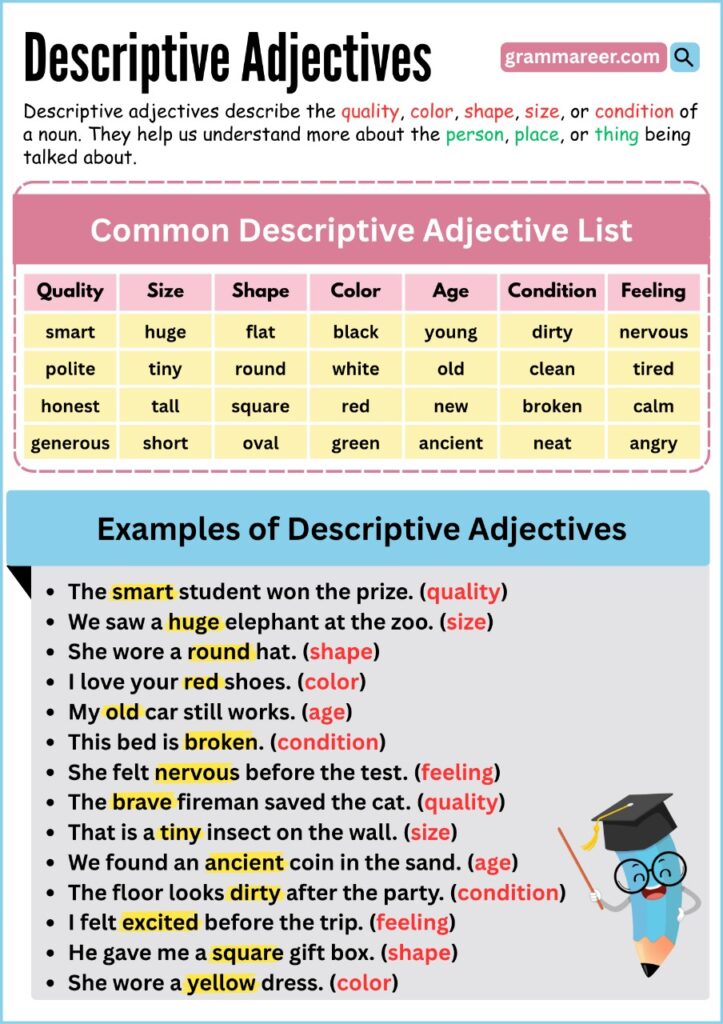
Table of Contents
What Is a Descriptive Adjective?
Descriptive adjectives are words that modify nouns by giving more concrete or specific details about their characteristics. This helps readers a lot to understand what something looks, feels, tastes, smellls or sounds like.
Examples:
- The brown dog is friendly.
- “Brown” describes the color of the dog.
- He has a big dog.
- “Big” describes the size of the dog.
Think about it, if you only say “dog,” one person might imagine a tiny puppy, while another sees a big black dog. That’s where descriptive adjectives come in. They add the exact details you need, so everyone imagines exactly what you want them to.
How to Use Descriptive Adjectives Correctly?
Descriptive adjectives can make your writing better and add detail to your writing. They help readers see exactly what you want them to see. But If you use too many adjectives in one sentence or paragraph, your writing can start to feel heavy, messy, or confusing.
This is what’s called “purple prose.” It’s when writing becomes overly fancy or flowery—so much so that the message gets lost. Instead of helping the reader imagine the scene, too many descriptive words can actually make it harder to picture. So, it’s important to use adjectives wisely and only when they truly add meaning to your sentence.
Here are some easy tips to help you use descriptive adjectives well and make your writing stronger:
- Be specific: Choose words that clearly show what you mean. Instead of saying “plain,” you could say “simple,” “ordinary,” or “unadorned,” depending on what fits best.
- Don’t overdo it: Too many adjectives can make writing confusing or dramatic. Just use enough to give a clear picture.
- Match the mood: Pick adjectives that fit your story’s mood. In a scary story, words like “dark” or “creepy” work. In a love story, try “sweet” or “gentle.”
- Show, don’t just tell: Let readers feel the scene. Instead of saying “The room was sad,” show it with details like “cold,” “empty,” or “dark.”
Type of descriptive adjectives:
Descriptive adjectives come in different types depending on what they tell us about the noun. Some describe the size, others tell us the color, shape, or even where something comes from. Let’s look at the main types of descriptive adjectives:
1. Adjectives of Quality:
These describe the kind or nature of a person or thing. They tell us what something is like. Words like kind, clever, honest, soft are adjectives of quality.
Example:
- She is a kind girl.
2. Adjectives of Size:
These adjectives tell us how big or small something is. Words like big, small, huge, tiny are adjective of size.
Example:
- They have a big house.
3. Adjectives of Shape:
These describe the shape of something like round, flat, square, oval etc.
Example:
- The baby sat on a round cushion.
4. Adjectives of Color:
These tell us the color of a noun. They’re simple but very common. Like red, blue, green, black etc.
Example:
- He wore a blue shirt.
5. Adjectives of Age:
These describe how old something or someone is. Like old, young, new, ancient etc.
Example:
- That’s a very old book.
6. Adjectives of Origin:
These adjectives show where something or someone is from. Like French, Pakistani, Italian, Chinese etc.
Example:
- We had delicious Italian pizza.
7. Adjectives of Material:
These tell us what something is made of. Like wooden, plastic, gold, cotton etc.
Example:
- She carried a leather bag.
So, the next time you describe something, think about its size, shape, color, or even where it came from—these little details, through descriptive adjectives, help your writing come alive!
List of Descriptive Adjectives to Improve Your Writing:
Ever feel like something’s missing in your writing? If readers say they can’t really see what you mean, then try to use some of the adjectives from this list given below to add more detail.
| Descriptive Adjective | Examples Sentences |
| Elegant | She walked into the room with an elegant grace. |
| Vibrant | The garden was full of vibrant flowers in every color. |
| Frigid | The wind outside was frigid, making my hands numb. |
| Gloomy | It was a gloomy day with clouds covering the entire sky. |
| Majestic | The majestic mountains took our breath away. |
| Delicate | The artist painted a delicate flower with soft colors. |
| Massive | They built a massive bridge across the river. |
| Radiant | Her radiant smile lit up the entire room. |
| Mysterious | There was something mysterious about the old house. |
| Dazzling | The performer wore a dazzling costume full of sparkles. |
| Pristine | We found a pristine beach with clear water and white sand. |
| Ferocious | A ferocious lion roared loudly in the jungle. |
| Timid | The timid child hid behind her mother. |
| Luxurious | They stayed in a luxurious hotel with gold-plated walls. |
| Bitter | He gave her a bitter look after the argument. |
| Graceful | The dancer’s movements were smooth and graceful. |
| Hefty | He carried a hefty suitcase up the stairs. |
| Splendid | What a splendid idea for a birthday gift! |
| Weary | After the long walk, I felt weary and needed to rest. |
| Luminous | The stars were luminous against the dark sky. |
| Intricate | The artist designed an intricate pattern on the vase. |
| Serene | We enjoyed a serene afternoon by the lake. |
| Obnoxious | His obnoxious behavior made everyone uncomfortable. |
| Ancient | They discovered an ancient temple deep in the forest. |
Descriptive adjective Rules:
Descriptive adjectives come after words like articles (a, an, the), numbers, and limiting words (some, many).
- Ahmad bought some tasty oranges — not tasty some oranges
- Zara owns a big dog — not big a dog
They also have comparative and superlative forms:
- small → smaller → smallest
- expensive → more expensive → most expensive
When using more than one adjective, follow a natural order:
- a small, cheap, German car
- not— a German, small, cheap car
That’s it! Keep it simple and follow the order.
Final Thoughts
As we learned, descriptive adjectives aren’t just fancy words—they’re powerful tools that bring your writing to life. They add color, detail, and feeling, making even the simplest sentence more interesting. From knowing where to place them to choosing the right one, these little words can make a big difference.
So, the next time your writing feels a bit plain, try adding a descriptive adjective or two. Keep practicing and experimenting with new words—you’ll be surprised how quickly you start sounding like a pro!
You May Also Like This
Degrees of Comparison of Adjectives
What is a Predicate?
Types of Pronouns
What are Noun Clauses

